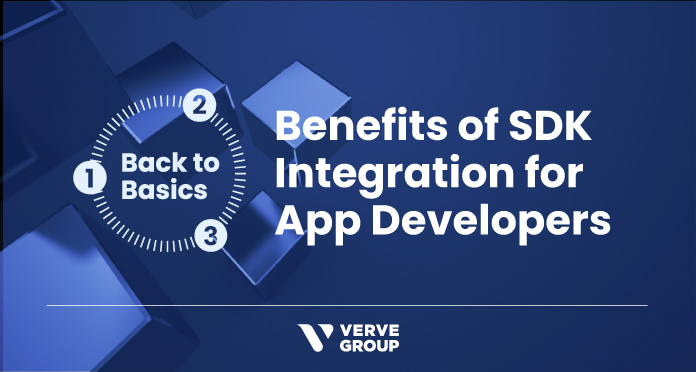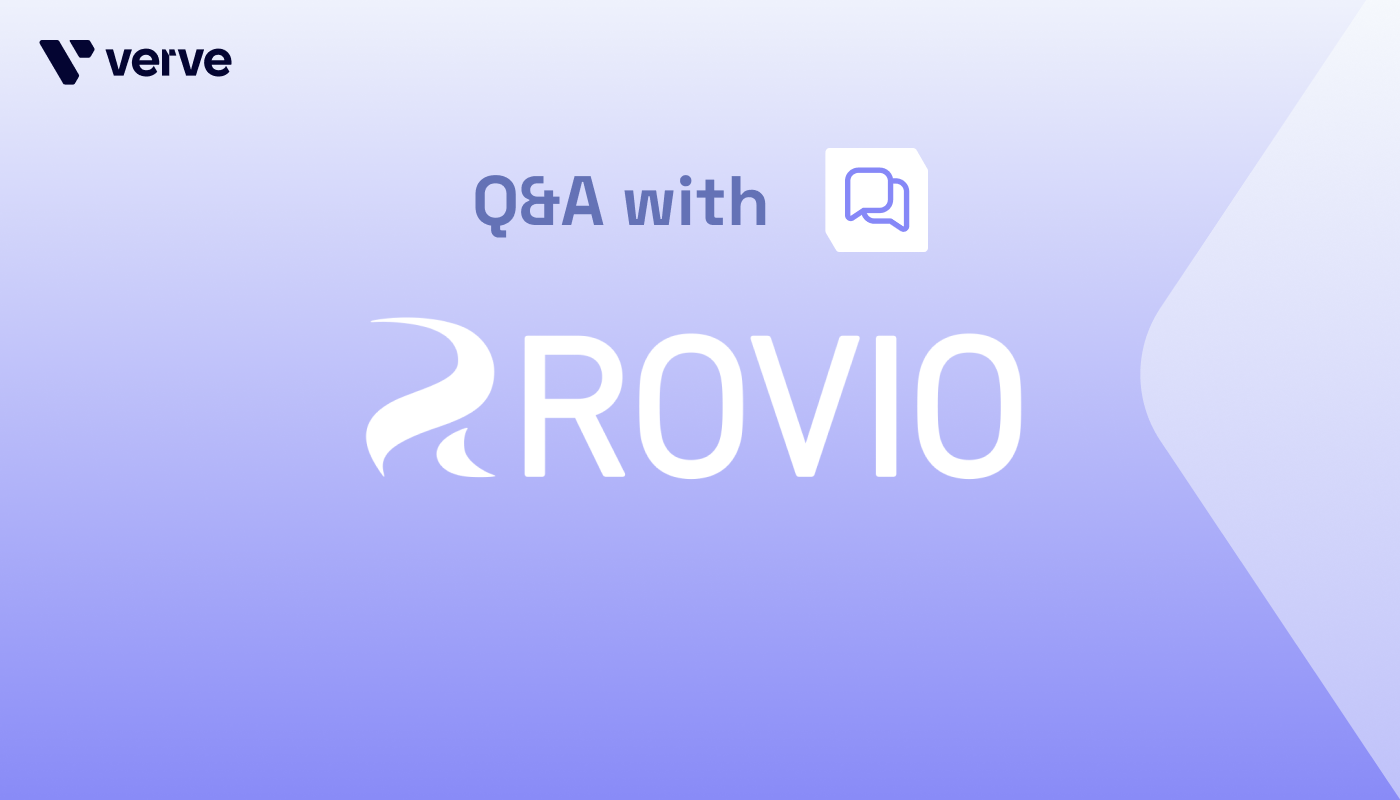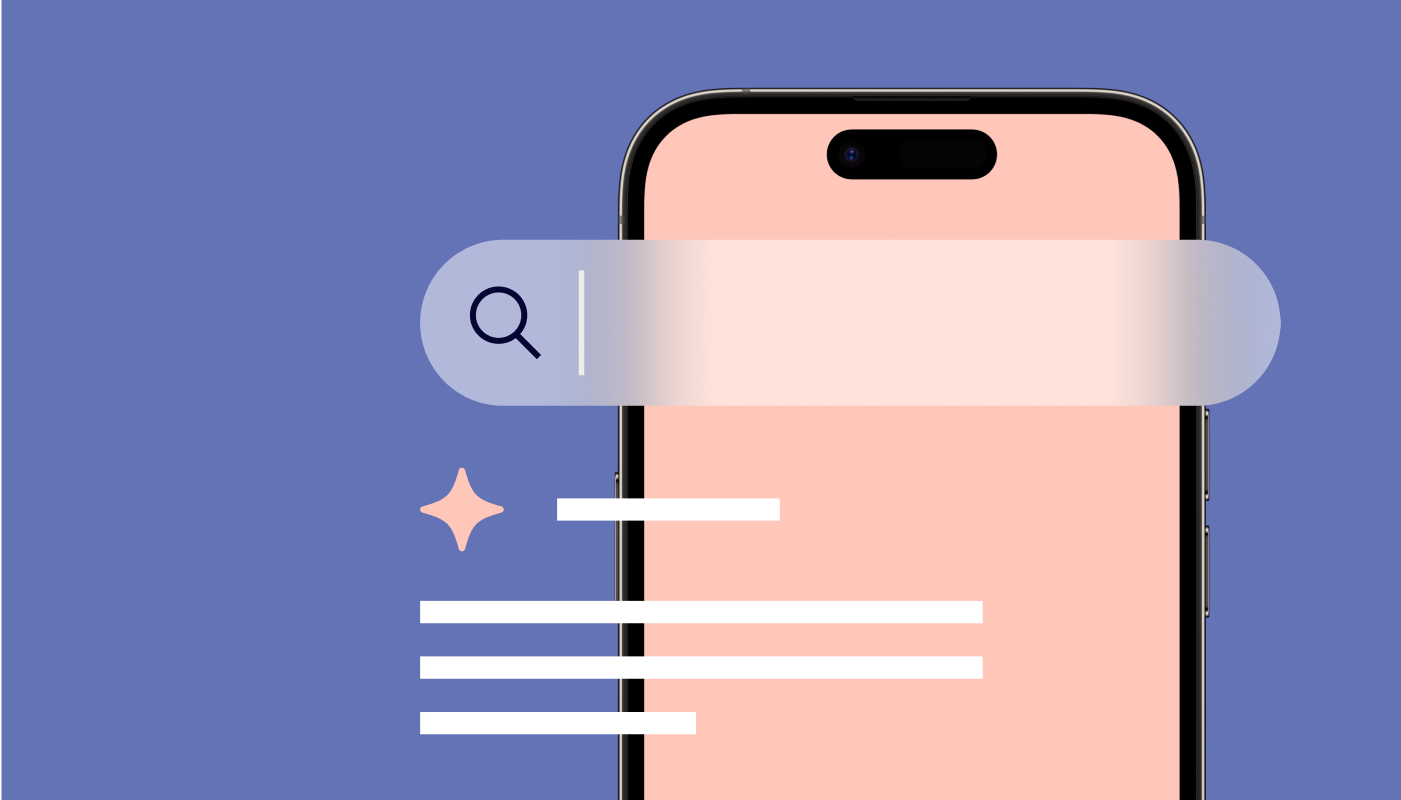Ad tags, APIs, or a full-fledged mobile monetization SDK? When deciding which integration method best suits an app, app developers always need to weigh the pros and cons. In this article, we explore why a mobile monetization SDK might be your best choice.
What is an SDK?
SDK stands for Software Development Kit. Essentially, it is a downloadable set of code that translates into a set of tools serving a specific purpose that an app developer can plug into their app. A mobile monetization SDK comes with the full pre-built functionality of serving ads inside a mobile app: it will request mediated ads from different ad sources, and make sure that the right ad format is served and rendered without disrupting the user experience.
App developers also have the option to monetize their inventory via ad tags — simple blocks of code implemented only in the very placement where an ad should be shown — or through APIs that serve as a one-to-one communication link with an ad platform to retrieve specific ads.
When it comes to deciding which monetization solution to implement, developers often need to decide whether an ad tag, API, or an SDK integration is the favored choice.
1. No heavy lifting necessary
Even though it is often as simple as adding a line of code, we are not trying to minimize that among the three - Ad Tags, APIs, and SDK - the latter is the most complex to integrate. But keep in mind that an SDK offers a full package of tools, while AdTags and APIs will always only serve one or few features. Going the extra mile to integrate an SDK will help you benefit from pre-packaged tools readily available for publishers.
However, most often, next to effort, package size is the more crucial factor, as it can compromise efficiency by impacting your app’s performance, and therefore user experience. Luckily, there are ways in which to check whether an SDK would be light enough to meet your criteria. For one, compare sizes by evaluating code language. Our Android HyBid SDK, for example, is programmed using Java, since modern languages such as Kotlin currently still add unnecessary weight to the code. To optimize for size, it is also handy if a mobile monetization SDK is offered in a modular setup so that app developers can choose only those ad formats relevant to their app.
2. Keep all control
The advantage of many mobile monetization SDKs is that their code is openly available. Therefore, you gain full insights into the code, a good starting ground to help identify any wanted or unwanted behavior. Transparency is important so that you maintain control over any structural addition to the code that could impact your app, a key reason why our HyBid SDK is available as
open source to publishers. The benefits go both ways: by providing an open and collaborative environment to
our publishers, we can fix any bugs quickly and efficiently to ensure a smooth, trouble-free ad experience.
3. Entice brands with baked-in ad measurability
Advertisers often prefer running deals with supply partners who offer out-of-the-box tools to measure ad effectiveness. The
IAB Open Measurement SDK, which is also part of our HyBid SDK, is an important measurement tool that demand partners prefer to measure their ad viewability KPIs. Offering these additional features makes your app more attractive to brands, and in return, deliver top-tier brand ads that benefit user experience (UX) and boost your ad revenues.
4. Create non-disruptive custom ad experiences
Speaking of UX, mobile monetization SDKs will offer features that help you control how ad creatives are shown to your audiences. By choosing ad formats such as native ads or
rewarded interstitial video ads you can easily integrate non-disruptive ads into the user journey. Some monetization partners even offer custom ad formats such as expandable banners, playable ads, or
splash ads to help you further customize when, where, and how your users experience ads.
5. Overcome the latest industry challenges
Mobile monetization SDKs are not set-it-and-forget-it solutions. Actually, a good mobile monetization SDK is in a state of constant development. Regular updates will help you adapt to changes in market conditions or solve the most recent monetization challenges. Take the deprecation of Apple’s Identifier for Advertisers (IDFA) and the implications for publishers, for example. Apple’s privacy-first initiative has resulted in revenue losses caused by shrinking eCPMs on iOS. At Verve, we recently introduced ATOM, or
Anonymized Targeting on Mobile, a new powerful addition to our HyBid SDK that will render audience segments addressable even without the use of personal identifiers.
Your app, your choice
There are a variety of methods for integrating with monetization vendors, but not all of them offer the same benefits. As you can see, a mobile monetization SDK is the Swiss Army knife of monetization solutions as it covers many features that help you reach your revenue goals. If you are already working with a mediation partner such as MoPub or Admob, most SDKs offer adapters that you can easily plug into.
If you are interested in monetizing your mobile app, find out how Verve’s HyBid SDK can help you. Visit our
documentation page to learn more or contact us below.








